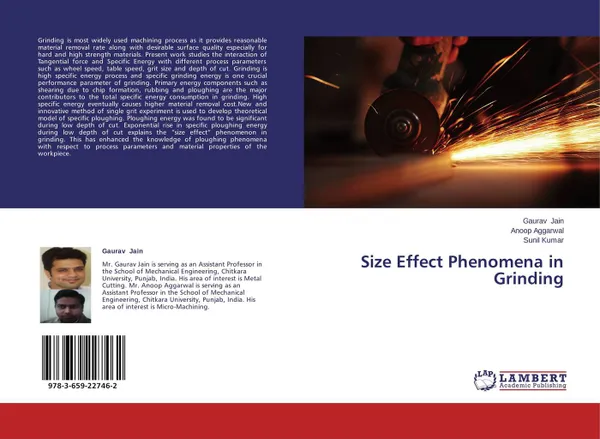Size Effect Phenomena in Grinding
2014
64 страницы
Категория: Литература на иностранных языках
Язык: Английский
Тираж: 500
🔖 Grinding is most widely used machining process as it provides reasonable material removal rate along with desirable surface quality especially for hard and high strength materials. Present work studies the interaction of Tangential force and Specific Energy with different process parameters such as wheel speed, table speed, grit size and depth of cut. Grinding is high specific energy process and specific grinding energy is one crucial performance parameter of grinding. Primary energy components such as shearing due to chip formation, rubbing and ploughing are the major contributors to the total specific energy consumption in grinding. High specific energy eventually causes higher material removal cost.New and innovative method of single grit experiment is used to develop theoretical model of specific ploughing. Ploughing energy was found to be significant during low depth of cut. Exponential rise in specific ploughing energy during low depth of cut explains the “size effect” phenomenon in grinding. This has enhanced the knowledge of ploughing phenomena with respect to process parameters and material properties of the workpiece.
Мнения
